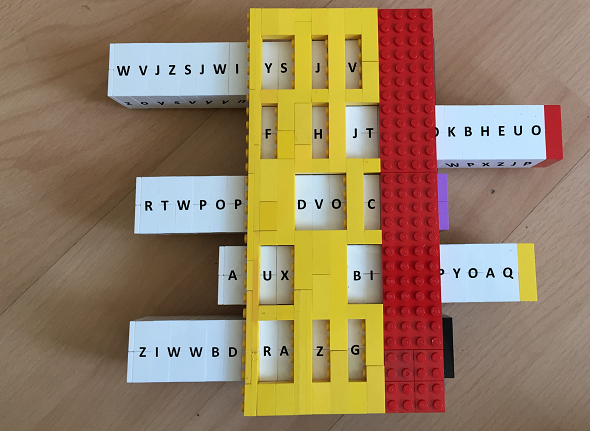Of course, my model is considerably less secure than the original. The original Reihenschieber was certainly hard to break with the means of the 1950s.
Follow @KlausSchmeh
Further reading: How a crypto mystery from the Cold War was solved – or was it?
Linkedin: https://www.linkedin.com/groups/13501820
Facebook: https://www.facebook.com/groups/763282653806483/
1 / 2



Kommentare (15)